*NURSING > HESI MED SURG > Introduction-Clinical-Pharmacology-8th-Edmunds-Test-Bank. (All)
Introduction-Clinical-Pharmacology-8th-Edmunds-Test-Bank.
Document Content and Description Below
A patient comes into the clinic and is started on a new antihypertensive medication. In the past, this patient has not been taking the medication on a daily basis as per the drug treatment plan. Whi... ch strategy should the nurse use to get the patient to take the prescribed medication? a. Tell the patient to follow the plan of care. b. Tell the patient he will have a stroke if he does not take his medication. c. Discuss with the patient the reasons that he is not taking his medication. d. Tell the patient he will have to see a doctor to get more medication. ANS: C When the nurse teaches the patient, the nurse should discuss the patient’s reasons for not taking the medication and help the patient set goals so the patient can make informed decisions about taking the medication. DIF: Cognitive Level: Apply REF: p. 11 OBJ: 2 TOP: Compliance, Noncompliance, and Concordance KEY: Nursing Process Step: Assessment MSC: NCLEX: Physiological Integrity 2. A patient is a newly diagnosed diabetic who has been incorrectly taking the medication prescribed. Which is the most likely reason? a. The patient feels the dose of medication is not enough. b. The patient feels the dose of medication is too much. c. The patient does not understand the medication dosage. d. The patient cannot swallow the medication. ANS: C There are two basic reasons a patient has difficulty meeting treatment goals: (1) the patient does not understand what to do, or (2) the patient understands what to do but fails to do it. When teaching the patient, discuss both of these reasons with the goal of helping the patient make informed decisions about properly taking medications. DIF: Cognitive Level: Apply REF: p. 11 OBJ: 2 TOP: Compliance KEY: Nursing Process Step: Implementation MSC: NCLEX: Physiological Integrity 3. Poor literacy is a problem that interferes with a patient’s ability to deal with the health care setting. What can contribute to a patient’s literacy problems? a. The patient is hearing-impaired. b. The patient cannot read health content. c. The patient’s family is not involved. d. The patient lives alone. ANS: B TEST BANK FOR INTRODUCTION TO CLINICAL PHARMACOLOGY 8TH EDITION BY EDMUNDS NURSINGTB.COM N U R S I N G T B . C O M Inability to read health content often means that patients cannot read the information nurses or doctors send home with them about their disease, the medications they are taking, and important things they need to know. Recent research suggests that written information given to most patients should be written at a fifth- to seventh-grade level to make it more likely that they will understand. DIF: Cognitive Level: Understand REF: p. 12 OBJ: 2 TOP: Communicating with Patient KEY: Nursing Process Step: Assessment MSC: NCLEX: Physiological Integrity 4. The nurse needs to teach a patient about the side effects of a medication she is taking. By what means will the nurse know whether the patient has learned the information she needs to know about her medication? a. The patient can repeat the information. b. The patient learns the information in her mind. c. The patient remembers most of the information given. d. The patient is selective with the information given. ANS: A Have the patient repeat information back, show a procedure, or follow up on a behavior to determine how well the material has been learned. Return demonstration or discussion is the only way to measure a patient’s understanding. DIF: Cognitive Level: Understand REF: p. 13 OBJ: 3 TOP: Assess Learning Needs KEY: Nursing Process Step: Implementation MSC: NCLEX: Physiological Integrity 5. The nurse is planning the teaching/learning objectives for a patient who comes into the clinic to learn about hormonal therapy and is experiencing stress. What will help the patient’s learning process? a. Covering as many topics as possible at one time b. Timing the teaching to coincide with visiting hours c. Teaching the patient while a favorite television program is playing in the background d. Systematic teaching in a quiet, unhurried [Show More]
Last updated: 1 year ago
Preview 1 out of 13 pages
Instant download
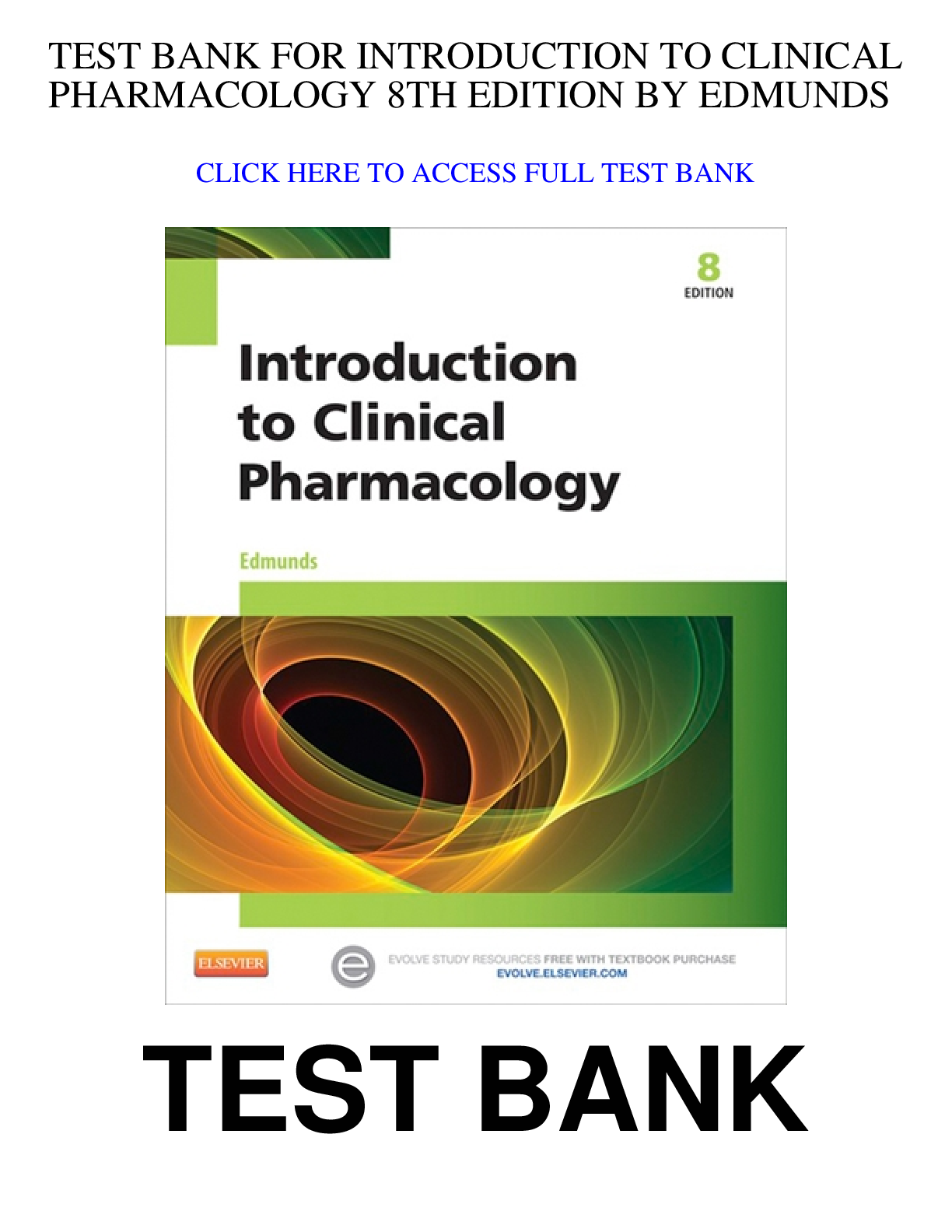
Instant download
Reviews( 0 )
Document information
Connected school, study & course
About the document
Uploaded On
Jul 10, 2022
Number of pages
13
Written in
Additional information
This document has been written for:
Uploaded
Jul 10, 2022
Downloads
0
Views
57

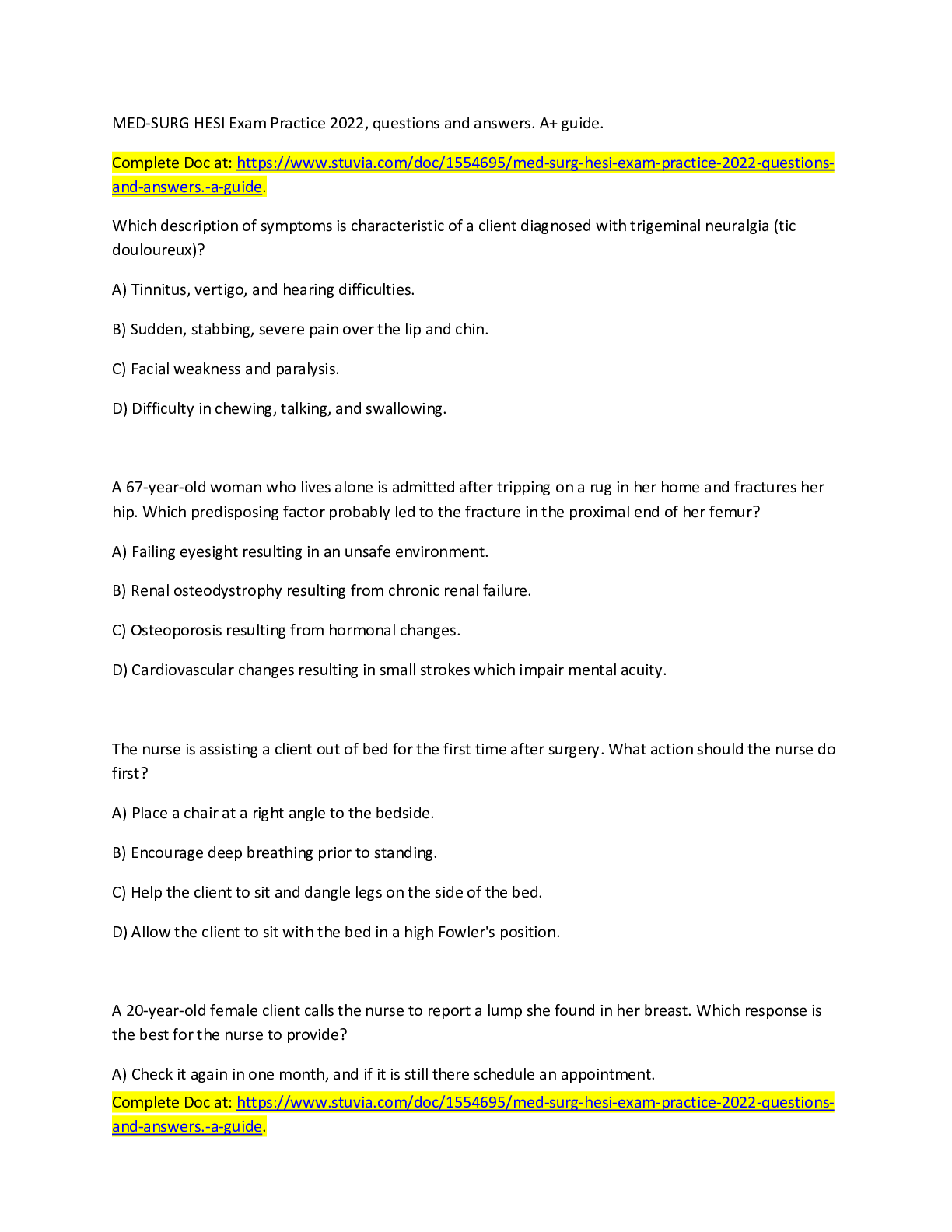

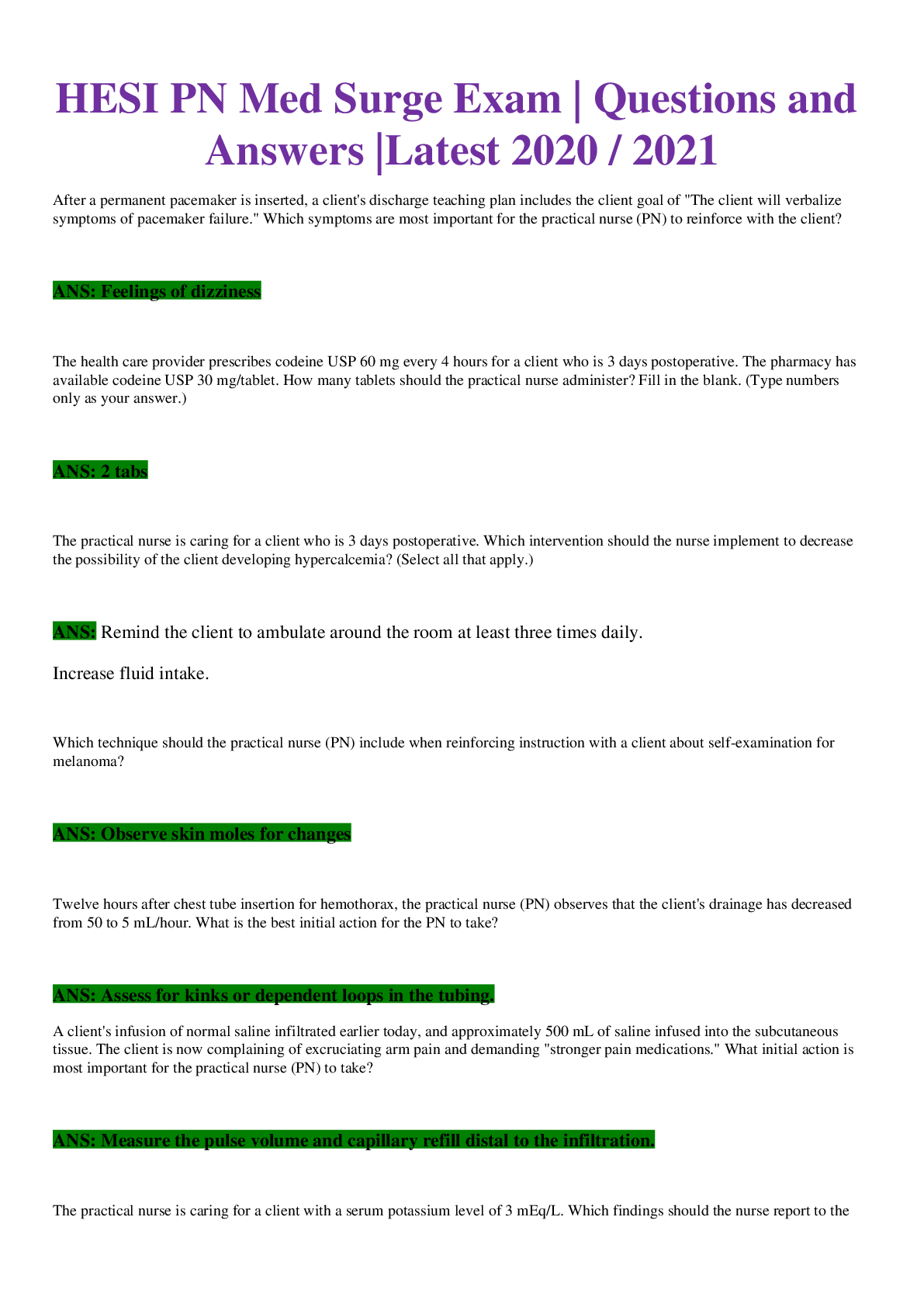

 Test Bank.png)
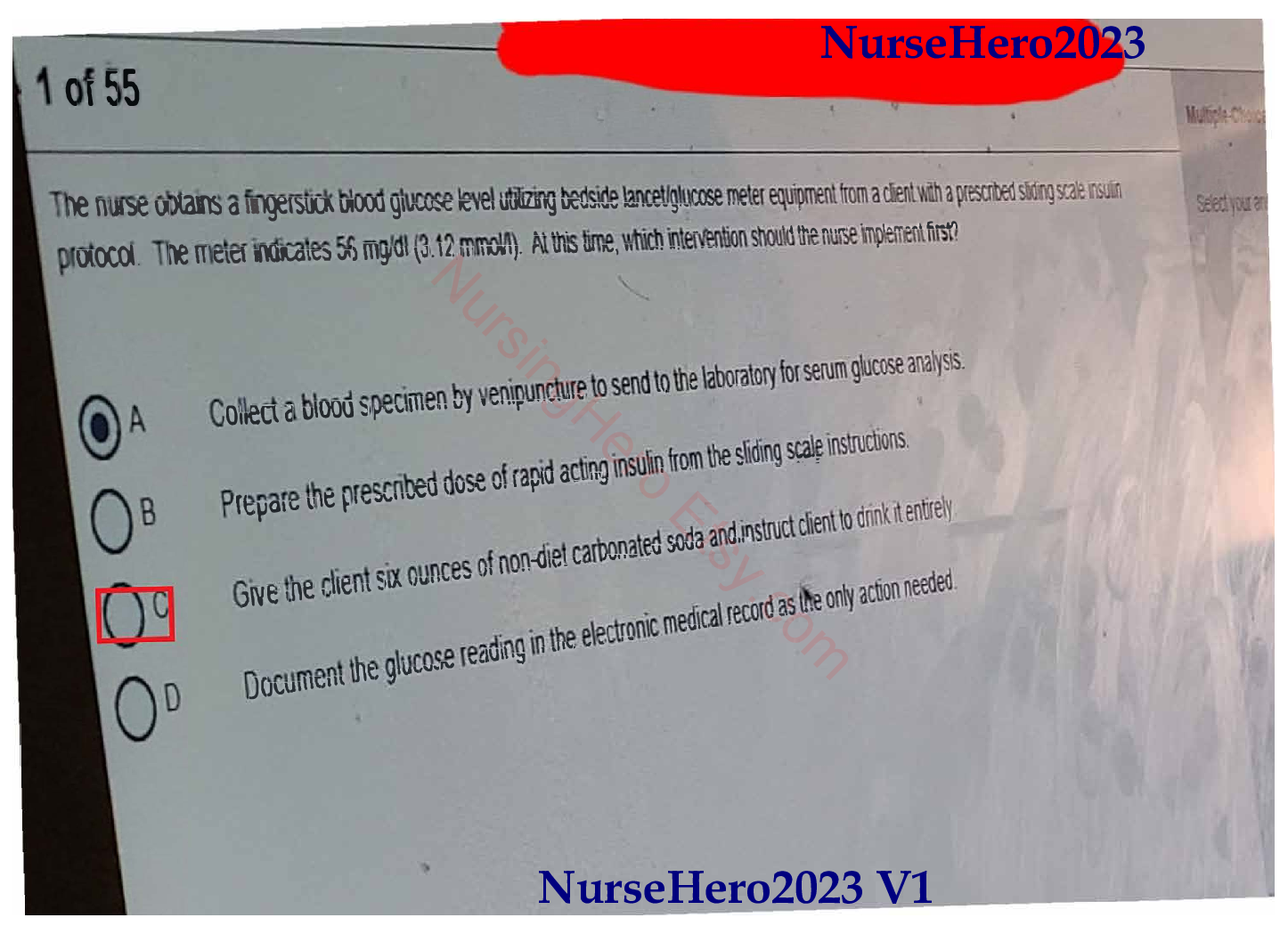

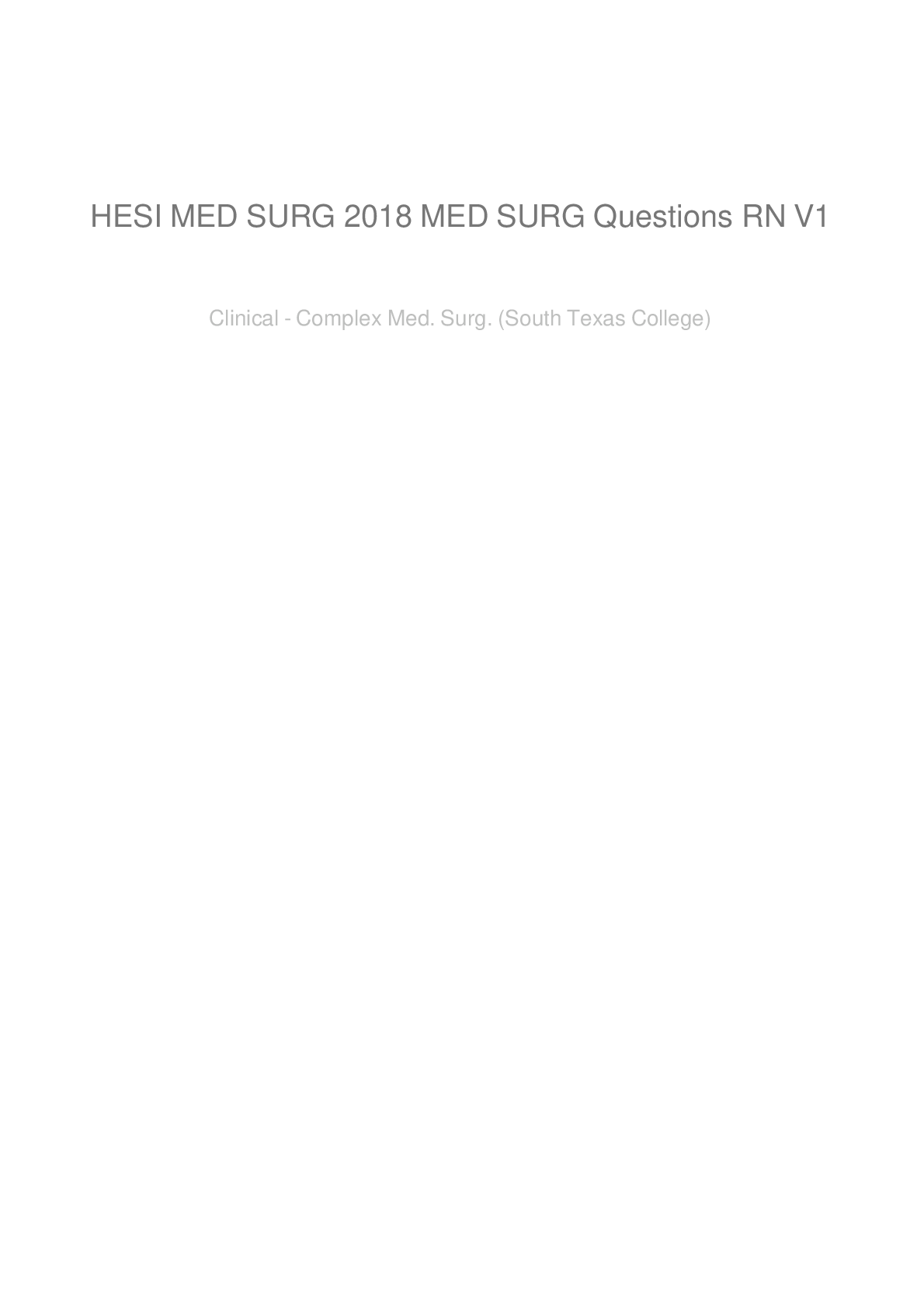
.png)
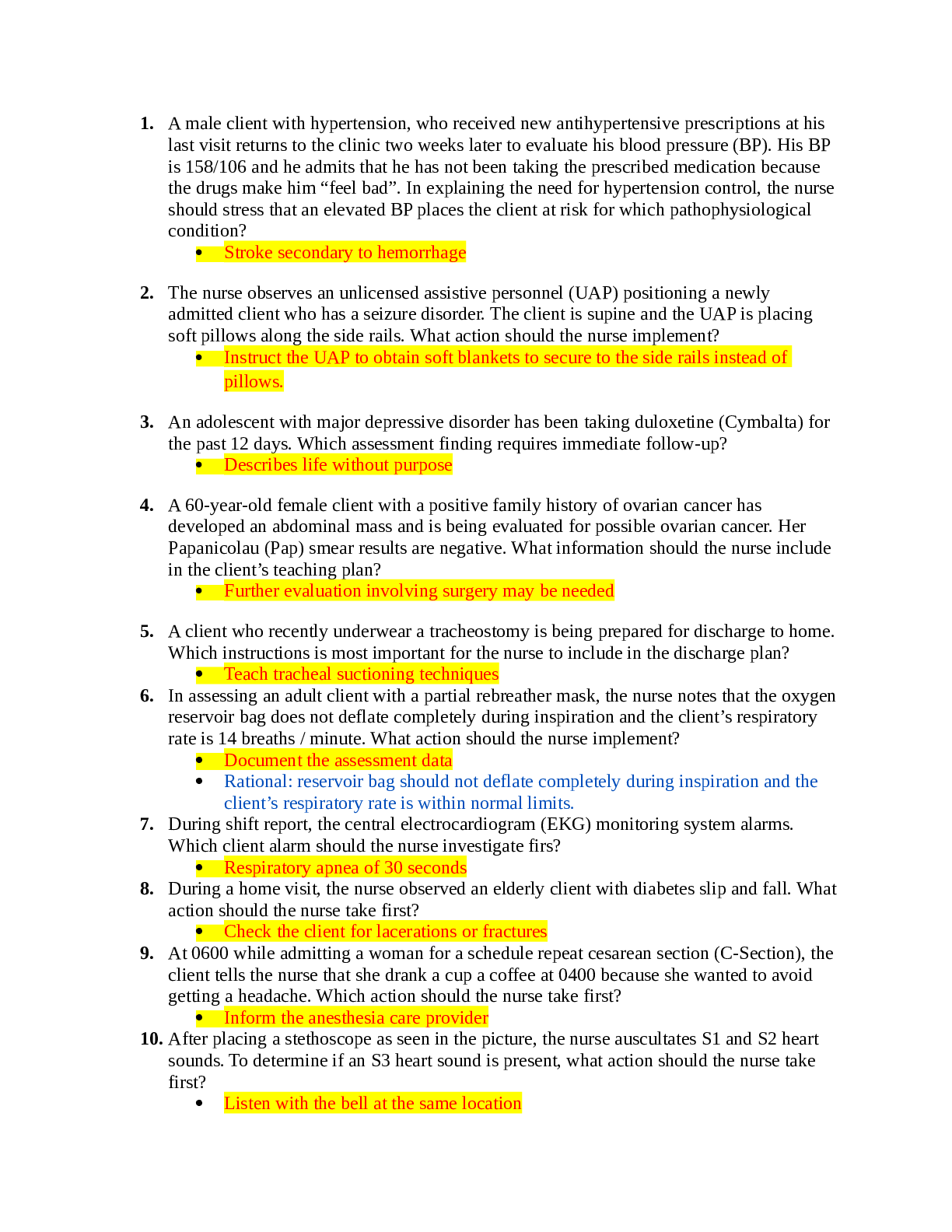
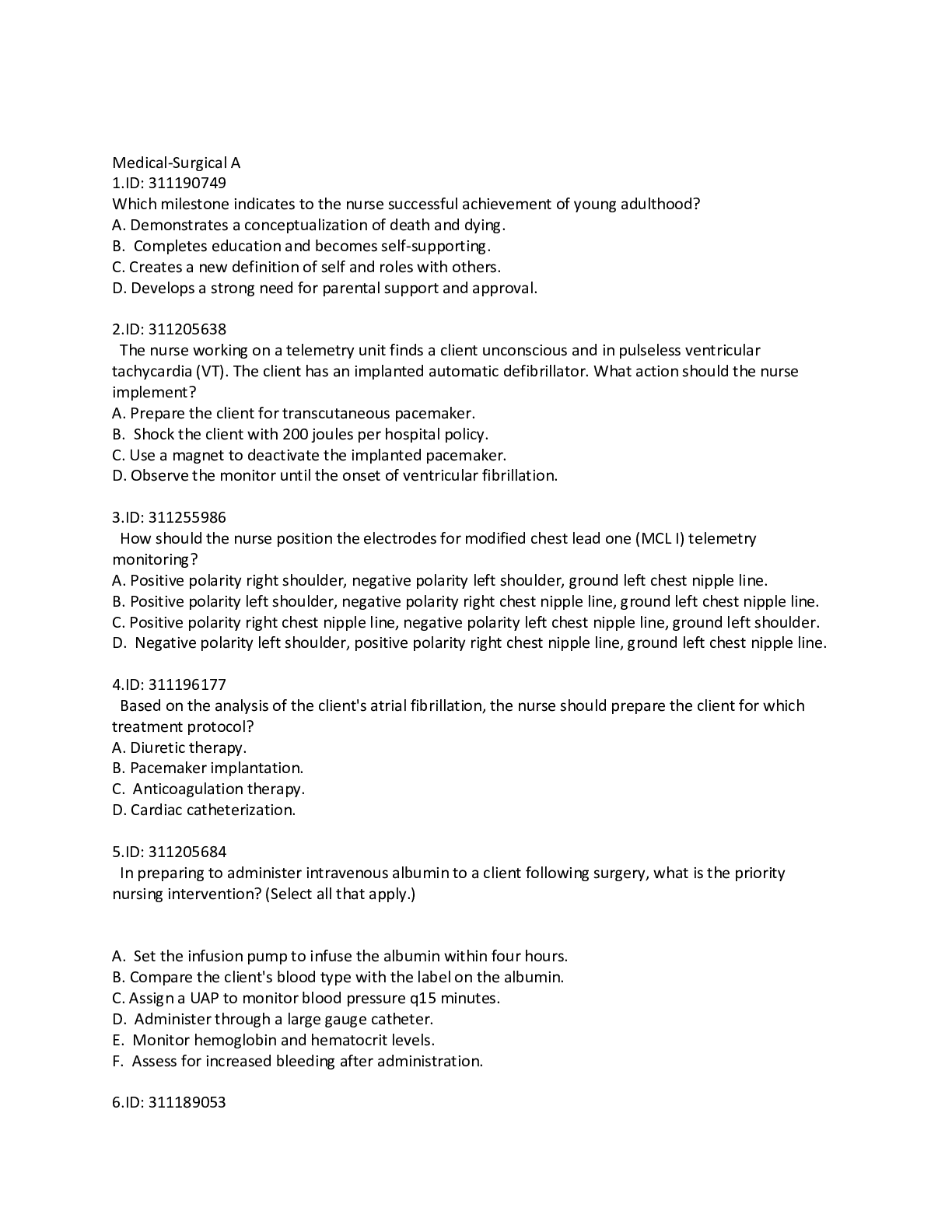
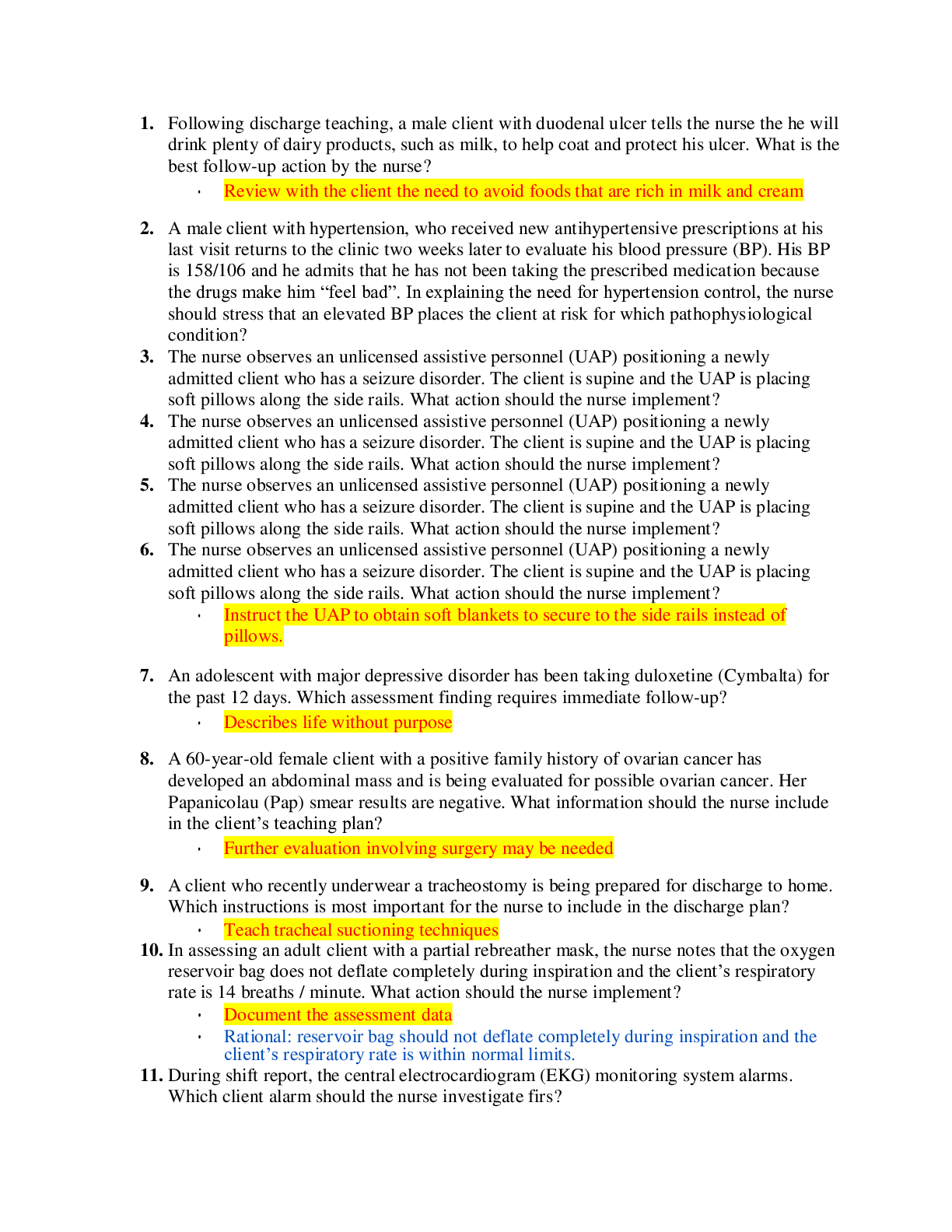


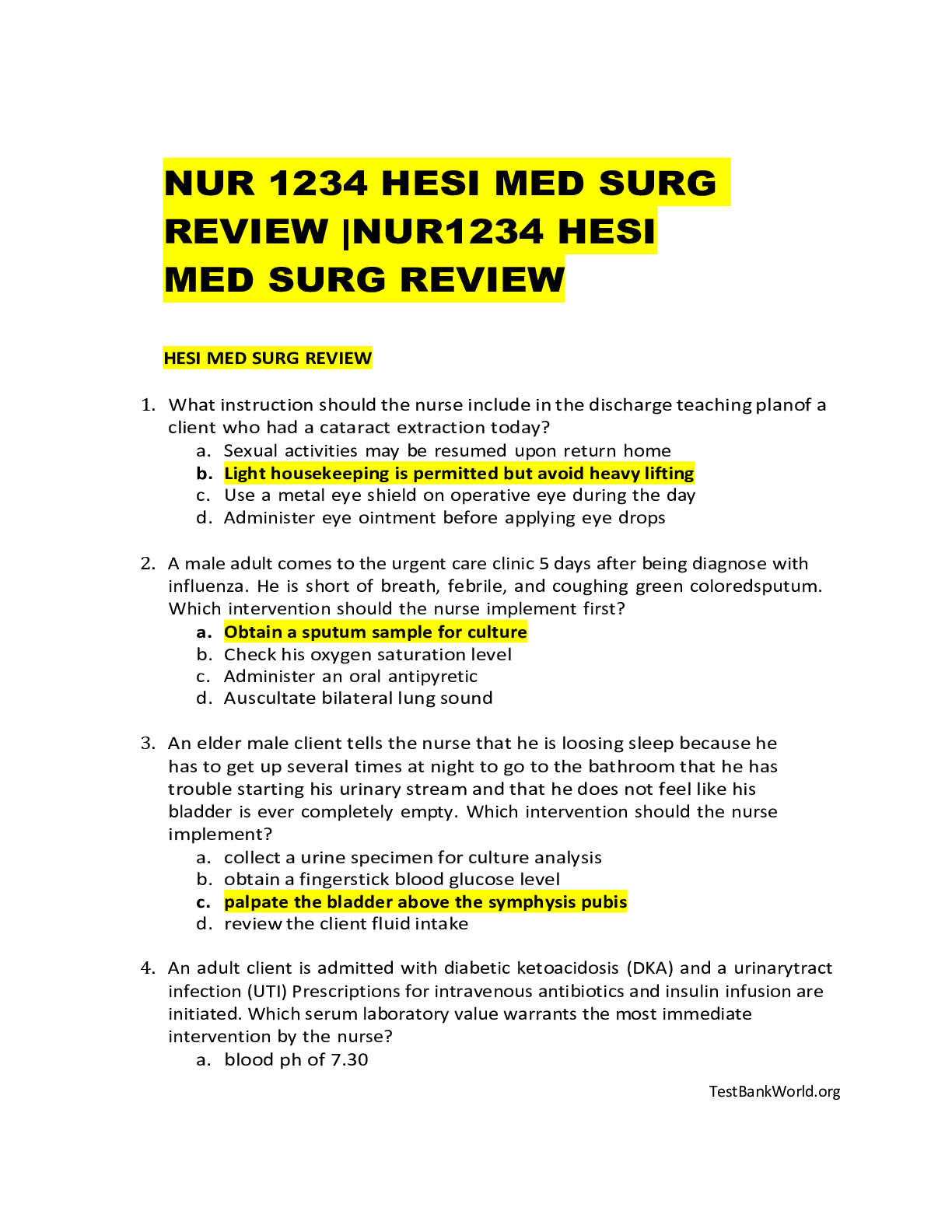
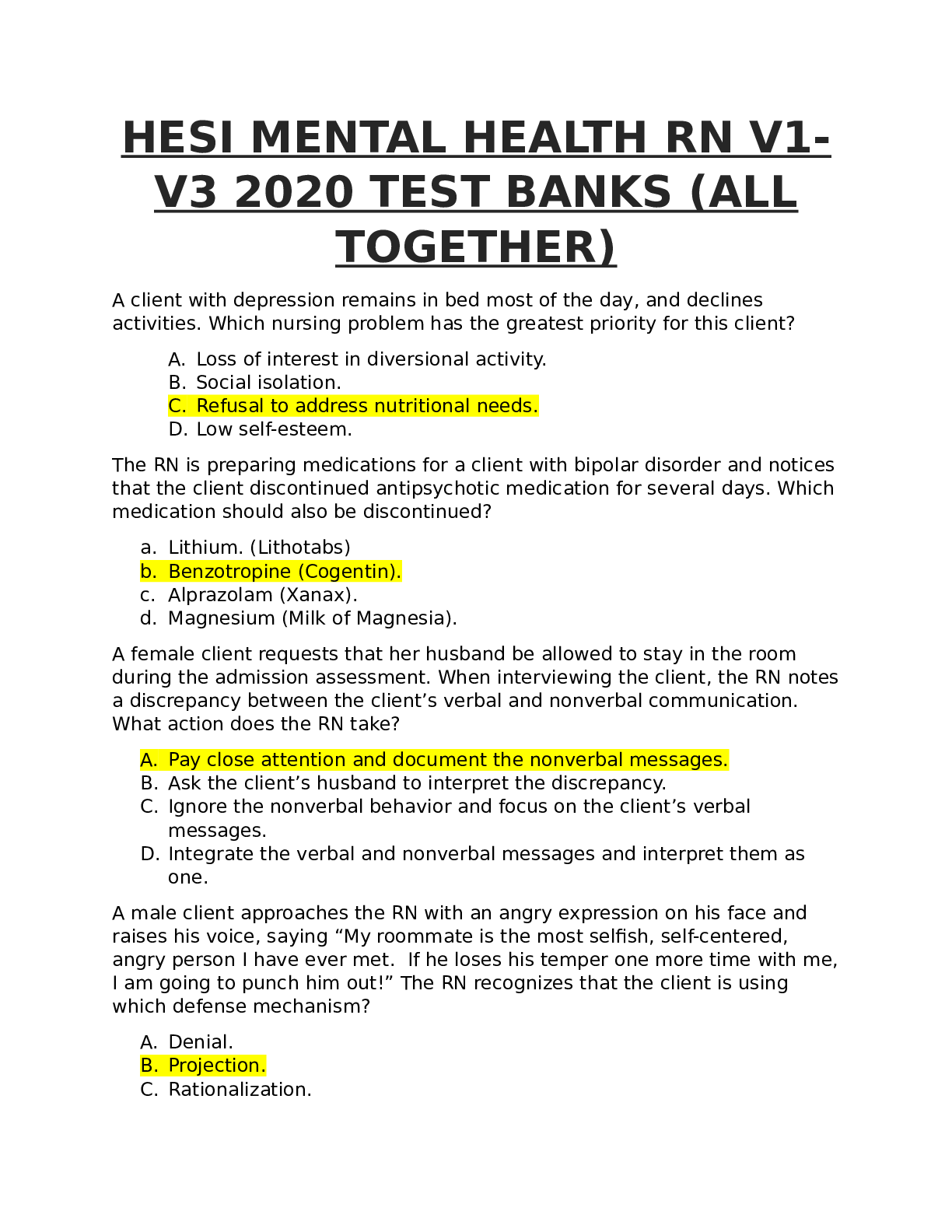
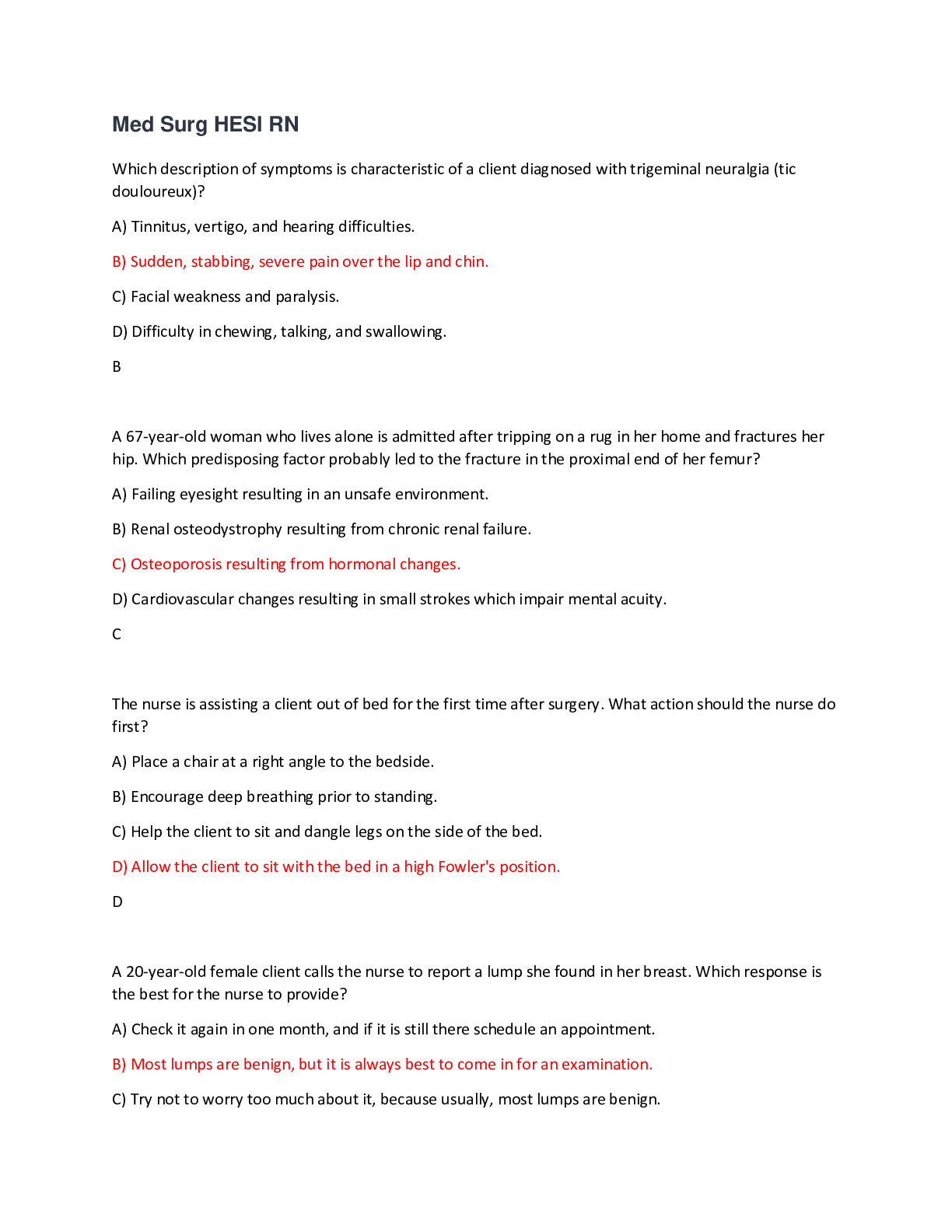
 Correct Study Guide, Download to Score A.png)
.png)


 Correct Study Guide, Download to Score A.png)

